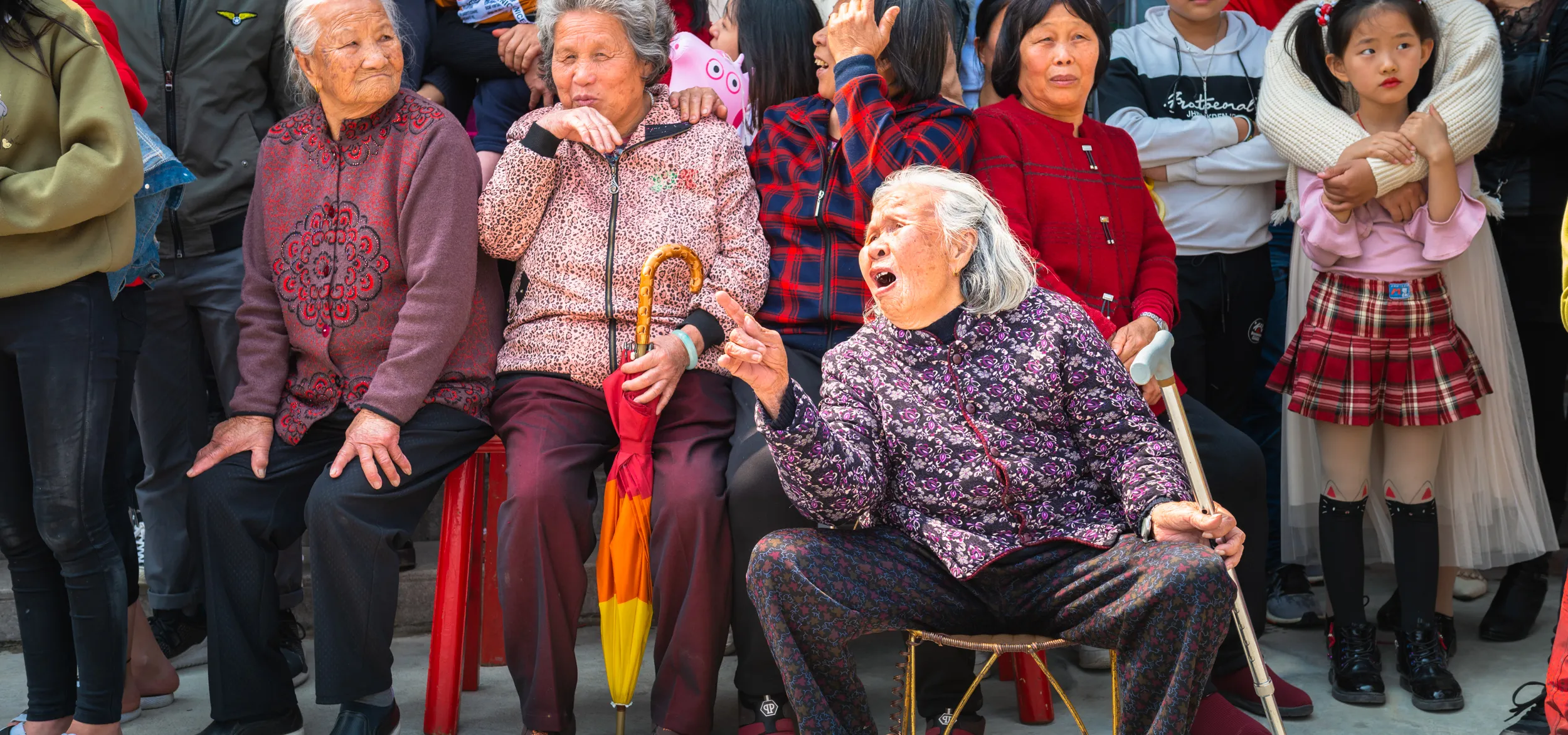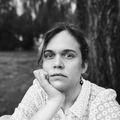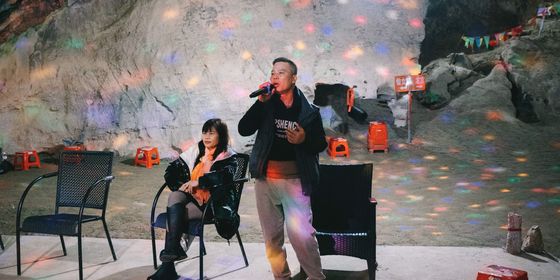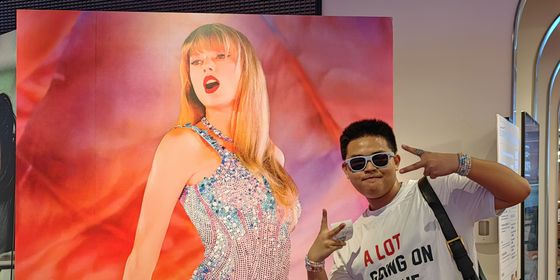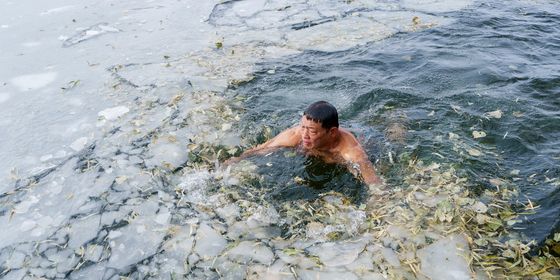From developing film in the shower in the 80s, to assisting in one of China’s earliest TV documentaries, a judge from our “Most China” photo contest reflects on what humanistic photography means to him
As TWOC’s “Most China” photo contest approaches its deadline, we’re inviting photographers and photojournalists on our judging panel to share their stories, the inspiration behind their work, and any advice they have for readers who want to start shooting. Today we hear from Huang Ruide, a Guangdong-based folk culture photographer who was part of a wave of student photography enthusiasts in the 1980s, and learned on the job as an assistant on in one of China’s earliest TV documentary projects.
There is still time to submit to the contest! Please read the submission guidelines and send your work to marketing@theworldofchinese.com by August 31, 2022, for a chance to win prizes and see your work in print.
I was part of the third class of college students in China to go to university after the national college entrance exams (gaokao) were resumed in 1977 following the Cultural Revolution. My classmates came from all over the country, and we were liberal arts majors with lively spirits. A lot of us discovered in our third year that we were interested in photography, and a few kids from well-off families had cameras, so we formed a loose alliance around this interest.
My classmates from Baoding found a few rolls of film, while some students from Shantou bought a few leftover reams of photographic paper. The handier students among us built some printing machines out of old wooden boxes. Everyone raised funds to buy consumables such as developing and correction fluid; occasionally we also borrowed them from the Communist Youth League Committee. When my course load permitted, I ventured out on the weekends to take pictures. At night, I used a quilt to seal off the shower stalls down the corridor and turn the space into a darkroom.
For the next two years, until my graduation, I practiced the whole gamut of technical processes in film photography; as for my aesthetic sense, I relied on my own liberal arts education. These were, in fact, the origins of my exposure to photography. Though I had no achievements to boast about, I did immerse myself deep in the medium in the hopes that something would stick.





